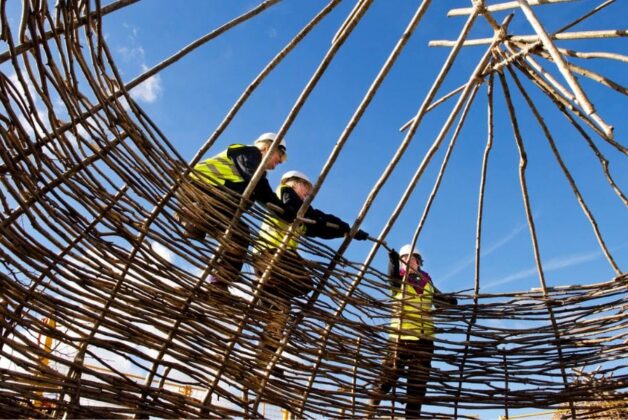First report of its kind also reveals low social mobility in heritage sector and higher-than national average of neurodivergence
The results of a first-of-its-kind survey into the diversity of England’s heritage sector has revealed that 90% of the workforce identify as White.
The results come from the Heritage Sector Workforce Diversity Survey, which was conducted earlier in the year and carried out for Historic England.
The pilot survey, which received more than 500 responses, suggests a lack of ethnic diversity which “particularly pronounced at higher levels of management”, said Historic England.
No respondents in higher levels of management identified as Black, it said.
The percentage of White respondents is higher than then national average. Government census data from 2021 suggests 82% of people in England and Wales are white, while 18% belong to a Black, Asian, mixed or other ethnic group.
The survey also asked respondents to self-report any disability and neurodiversity. Results suggest almost 20% of the heritage workforce identify as disabled, slightly below the national average of 24%.
The opposite was true of neurodivergence; a higher than average representation was recorded – a quarter of respondents in total – compared to the estimated national average of 15%.
The survey also highlights disparities in employment contracts across different groups. While 67% of the overall workforce report having full-time permanent contracts, this figure drops considerably for disabled employees, with only 50% holding such positions.
Regarding social mobility, less than 10% of respondents reported having a parent or care-giver who worked in routine or semi-routine manual and service occupations.
This low percentage “suggests limited social mobility within the sector, indicating potential barriers to entry for individuals from working-class backgrounds,” Historic England said.
It concluded: “These findings collectively paint a picture of a sector facing challenges in diversity and inclusion, particularly in areas of ethnic representation, disability employment, and social mobility. They provide crucial data for Historic England and the wider heritage sector to address these issues and work towards a more inclusive and representative workforce.”
Sean Curran, Head of Inclusive Heritage at Historic England, said the data “will help us build an action plan for identifying ways to support the sector to become more diverse.”
The organisation now plans to develop targeted projects and programmes, which it said will help heritage organisations to implement more inclusive practices and create a more diverse workforce. Initiatives include a series of roundtable discussions, and work with partners to identify existing support and resources for underrepresented groups.
Historic England also plans to conduct the survey again every two years to track progress.
A link to the full report, which was conducted for Historic England by Nexer, is available to read here.





